According to the Yoga Sutras (the most prominent of the ancient texts on Yoga), Yoga has 8 limbs. Yoga can also be thought of as an 8-fold path or journey. Asana (the physical practice which most of us know as "yoga") is incidentally, only 1 of these limbs. The other in order are: 1. Yamas (ethical standards, how you deal with others and your environment) 2. Niyamas (observances, how you deal with yourself) 3. Asana (physical postures including a seat for meditation) 4. Pranayama (breath exercises, breath control) 5. Pratyahara (withdrawing of the senses) 6. Dharana (focused attention on one object) 7. Dhyana (uninterrupted flow of attention on object) 8. Samadhi (a state of ecstasy or bliss, when one has merged with the object)
For today's purposes, we are focusing on the last 3 limbs, Dharana, Dhyana and Samadhi, or Meditation. I've been taking an amazing and enlightening course on Yoga Therapy and last week's class focused on using meditation for therapeutic purposes. For me, it also cleared up some things about the practice of meditation and some big bells of understanding started dinging. Hence, I thought I'd share some information with you.
When we sit to meditate, we are learning to sit with ourselves, to sit with our thoughts, to try to quiet down our monkey mind which jumps willy nilly from thought to thought (or branch to branch as the case may be). We are not, when we meditate, however, running away and avoiding thoughts, pushing them away as they come up, ignoring the unpleasant thoughts. Instead, we try to act as a passive observer, a detached witness, watching our thoughts as they flow through our mind. Plus, it's nearly impossible for all but the most enlightening swami to still her mind completely. So to help ourselves cultivate this witness, we give our mind a point of focus, an object on which to focus. That object can be anything; a tree, a candle flame, a mantra, a visualization technique. For therapeutic purposes, we want to pick something that has meaning for us, something that has properties we want to embody. For example, if I am feeling anxious, flighty, like I can't ever sit still and I have to be constantly moving or doing something, I might pick an object that makes me feel grounded and calm, steady and still.
Meditation isn't something we can make happen, like sleep. We can't command our bodies to fall asleep. Instead, we have to prime ourselves to be ready for sleep. We dim the lights, we lie down in bed, we count sheep etc. Same with meditation, we have to set the stage for dhyana and samadhi to come, set the stage to merge with the object of focus. As such, we come back to the 8-fold path of yoga. First, we practice asana, we move the body around in all different ways so we can be comfortable when we sit down. Next, we come to pratyahara, withdrawing the senses. We sit down in a quiet room with few distractions and close our eyes, we turn inwards. Then comes the hard part, dharana, one-pointed focus. Returning to the object, let's say we've chosen that fig tree to help calm our anxious, worried self. We start to draw up the image of the fig tree in our mind. We think about all the properties of that tree, imagining the smells, the feel of the bark, the steadiness, the stillness, the rootedness etc. Then as we are thinking about the tree, other thoughts might start to creep in, oh it was so nice yesterday when I went to the park and sat under a tree and ate that muffin. I love muffins, those blueberry ones are particularly yummy, maybe I'll bake muffins tonight. (My thoughts often to go yummy food items it seems, even in blog posts!) Oh right, fig tree. We come back time and time again to the object we are focusing on, our fig tree.
With time and practice, maybe not in one session, maybe not in 10, but eventually, the focusing on the object becomes easier, effortless. Dharana eventually turns to Dhyana, we are effortless imagining the tree, keeping that image and all the thoughts and feelings of the tree in our mind. Nothing else exists except that tree. We are starting to merge with the tree, we start to take on the properties of the tree ourselves. Maybe feeling more grounded, more stable, more rooted into the ground, more strong and steady. Then Samadhi arises, we've become one with the fig tree, have merged with the object of our focus. Now, we come to a full and complete understanding of the fig tree with nothing to cloud that understanding.
By using an object of focus that has qualities you would like to manifest in your life, you can use meditation for therapy purposes, to bring you back in a balanced and clear state.
kelseyhendricksonyoga@gmail.com
https://www.facebook.com/KelseyHendricksonYoga
